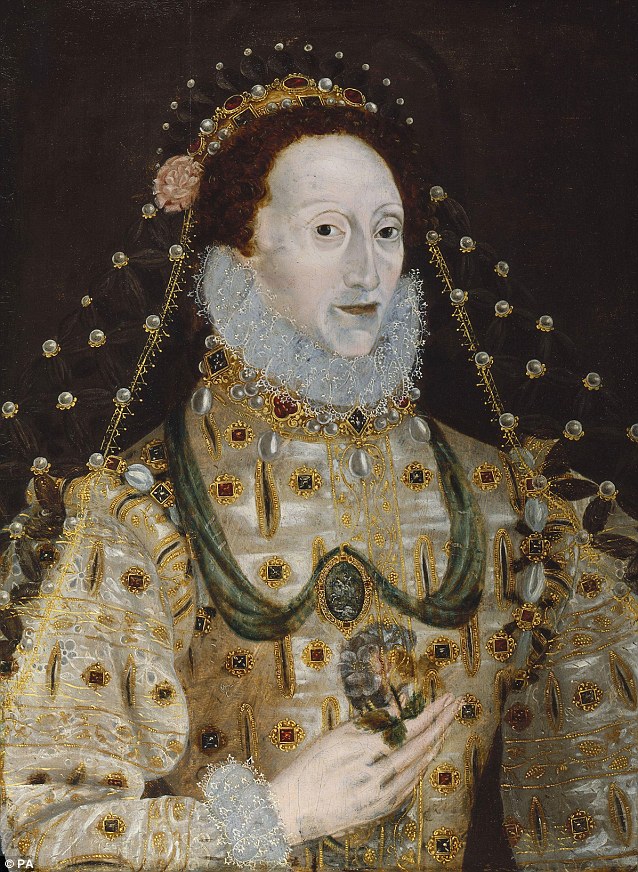But one ridiculous low of the day came when I tried to find/take a professional-ish looking headshot for my newspaper column (set to start appearing- fingers crossed- in my local paper this September).
Unless I am being intentionally goofy, everything comes out awful. I find myself saying, "Am I really this ugly?"
I'm obviously no beauty queen, but I didn't think I was so, well, trollish looking.
I started noticing the things I always notice when I become fixated on my face. One eye is bigger and higher than the other. My freckles are starting to make my face look older.
That is when it becomes clear to me to put the camera away and figure this out tomorrow, before I spiral into a narcissistic pity party.
Now that I have a baby girl, I feel I need to show her an example of a confident woman not overly concerned about shallow things like physical appearances.
To pull this off I have to fake it til I make it, because I am definitely a shallow, narcissistic person, prone to pouting and self-pity.
I'm only admitting this to the internet. Not to my seven month old. :)
Elsie from A Beautiful Mess did a whole post on taking self-portraits. Tomorrow I'll try to put her advice to work.
Until then, this quotation from the Wikipedia article on the word photogenic is soothing to me:
The state of being photogenic may or may not necessarily be related to one's physical attractiveness in real life. Models are usually described as photogenic. The bone structure of their faces may represent something that is not generally pretty or may be even unattractive or frail looking, but when photographed, their features can turn into something that is physically attractive.
There are a few different possible causes for this. First, it is important to understand the difference between looking at someone with two eyes and through a single camera lens. With two eyes, the human brain is able to see the three dimensional aspects of someone's face, even when viewed directly from the front, and it gives much more information than most cameras. With a camera, the subject is viewed through a single lens, and thus much of the three dimensional qualities of the face are lost, and the face may appear to be fuller than it actually is in real life (which is the reason for the expression that "the camera adds ten pounds"), or with different proportions, especially when viewed at a close proximity. An interesting effect can be seen if one compares a close up picture of someone's face to a picture taken from twenty feet away from the same angle (particularly while directly facing the camera). The face will appear different in each picture, and the farther shot will give a better representation of the person's true three dimensional appearance. A more detailed explanation of this concept can be found in the US patent document for the "imaginograph."
Maybe we need to invent the moving photographs from Harry Potter? With people using e-readers for everything, it is probably in the not too distant future. And a few hundred years from now flat, stationary photos will seem as simplistic as dimensionless paintings from hundreds of years ago appear to us now.
I mean, I bet Queen Elizabeth looked at the final result of this painting and said, "Do I seriously look like this? Really?"
 |
| From the historyblog.com. |


No comments:
Post a Comment